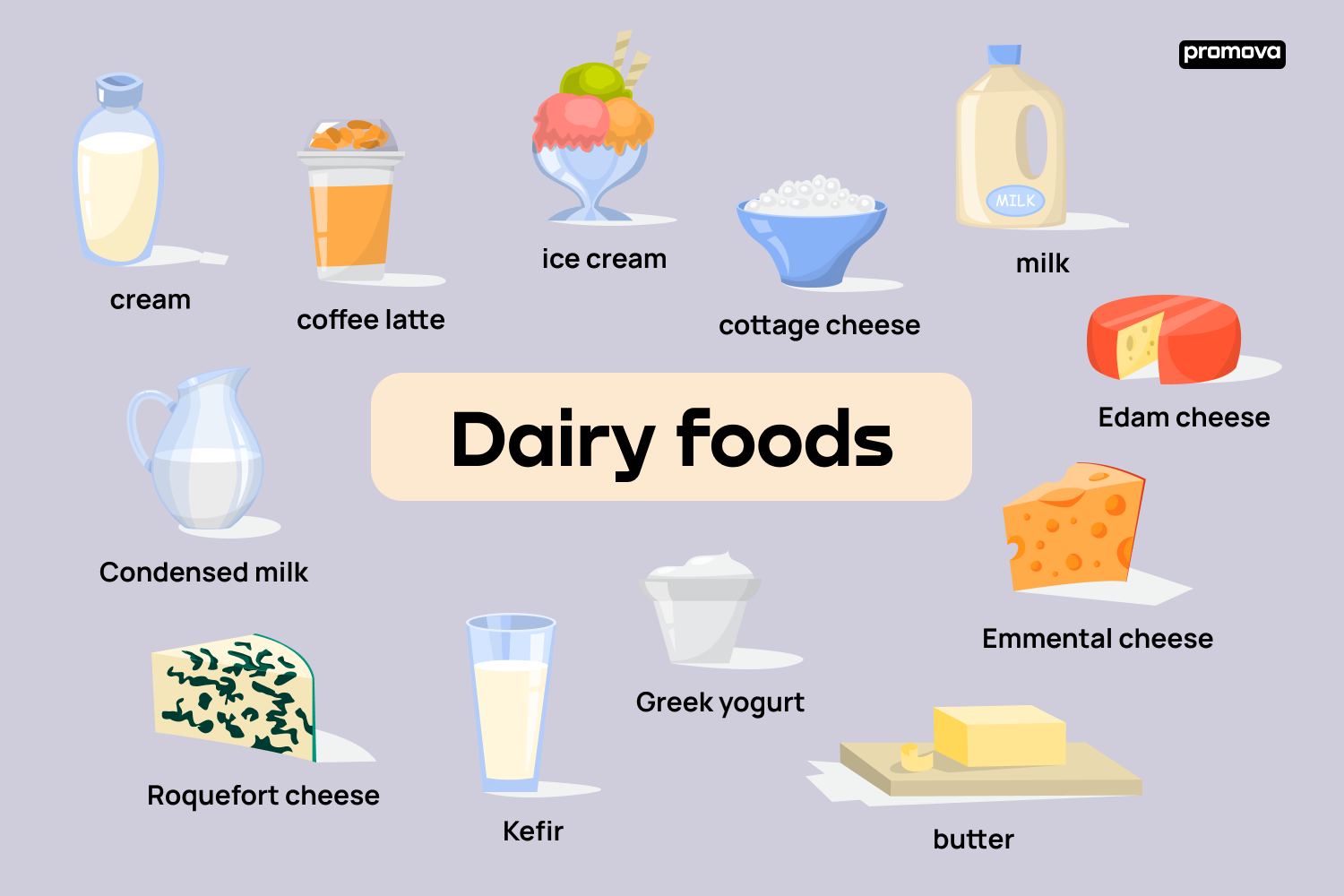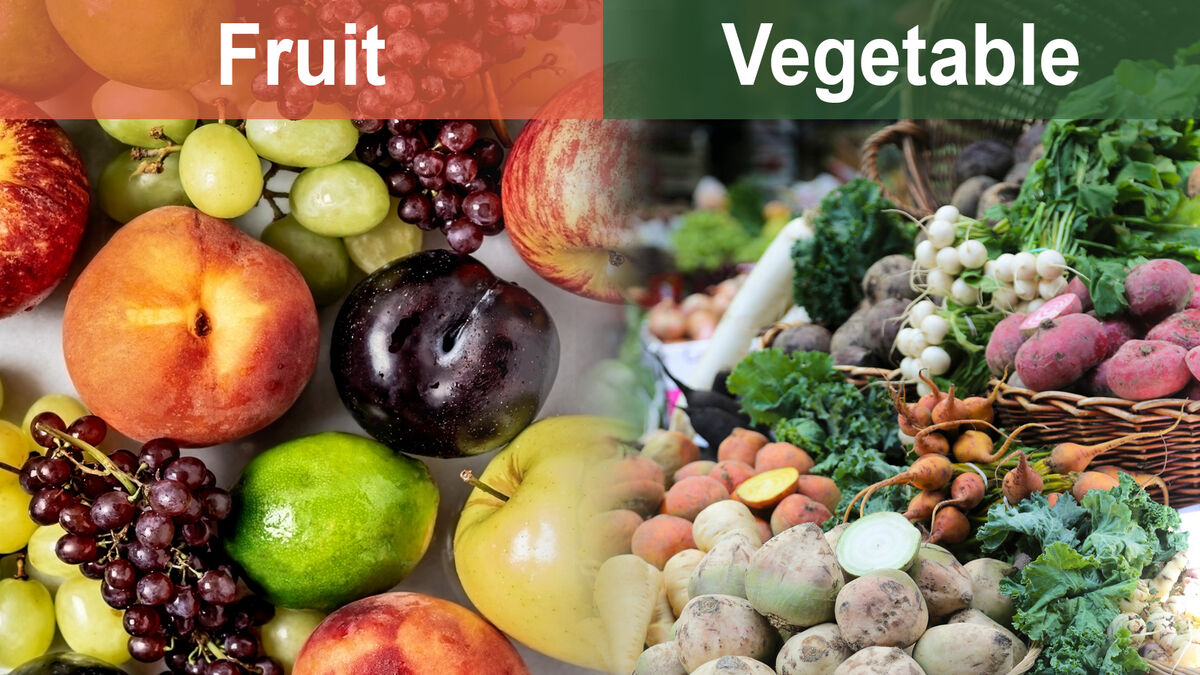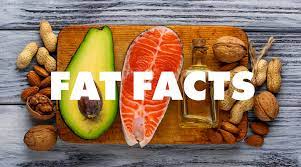
What is Dairy
Dairy products are mass produced and ingredients in many different foods. A simple definition of Dairy, is any foods made from the milk products of animals, or produced in the mammary glands. The most common of dairy products comes from Cows, they are often the prime producer of Dairy products, their milk also used in the production of creams, cheeses and desserts. Dairy products are not mutually exclusive to Cows though, we also take milk from Goats and Sheep, in other countries you will also find use from many other mammals. Even though we do class the sap from tree's as "milk", this is very high in proteins and is not counted under the same group.
Dairy products, for those that can consume them act as a source of protein, fat and sugar and they are processed in a similar fashion to these groups. Dairy contains useful nutrients such as calcium, which has been shown to improve bone strength and especially in developing children.
Animal milk is used in a variety of produce, it's protein, fat and sugar content are dependant on the type of milk used and what animal it has come from, as well as the additives used to create the product in question, which will vary on desired flavour and variation.
Types of Dairy
- Milk - The base form in dairy products, is taken from any lactating animal, this is the starting point and is used in the animal kingdom to nurture offspring. It is designed to provide a source of fat, protein and sugar, the combination is designed for the healthy growth of the body's muscle, bone structure, it also provides energy and necessary bacteria for development.
- Cream - This is created through processing milk, it involves the separation of fat from the milk and is often done through centrifugal force. Once the fat has been separated it leaves a thick cream which is built up of high levels of Butterfat which is pasteurized to kill off bacteria. The different varieties of cream are defined by their Fat to Butterfat ratio.
- Butter - To make butter, the separation of fat from butterfat is continued from the production of cream. The whisking or centrifugal force is continued until the buttermilk separates. In mass production, additives such as salt for an example, are mixed in with the separation to add flavour and longevity.
- Cheese - Cheese is made through taking milk and coagulating one of the proteins it contains called Casein, this is very common in Cow's milk for example and accounts for at least 80% of the proteins in it. The process is artificially sped up by first acidifying the milk then adding an enzyme called rennet to the Casein.
- Yogurt - Using either milk or cream, which is then fermented in lactic bacteria, the fermentation breaks up the compounds in milk so the bacteria may convert milk sugar into lactic acid, this is usually done through incubation and leads to a thickening of the milk or cream, it also the reason for the slight tangy taste in some yogurts. Additives such as sugar, flavourings, fruit and preservatives are then used to provide variety.
Lactose Intolerance
All humans are born with an intolerance to lactose, you simply have varying tolerance levels, some can drink dairy products with no serious side-effects, some develop an intolerance later in life and others are born seriously allergic. This comes from the inability to digest the lactose, where the body does not produce enough of the Lactase enzyme to break down the Lactose.
Lactose is a type of sugar contained in any mammals milk and is actually one and half times more prominent in human milk than cows, however there are specific intolerances and it is recommended that a Paediatrician or Doctor should always be consulted if you believe yourself to be lactose intolerant.


